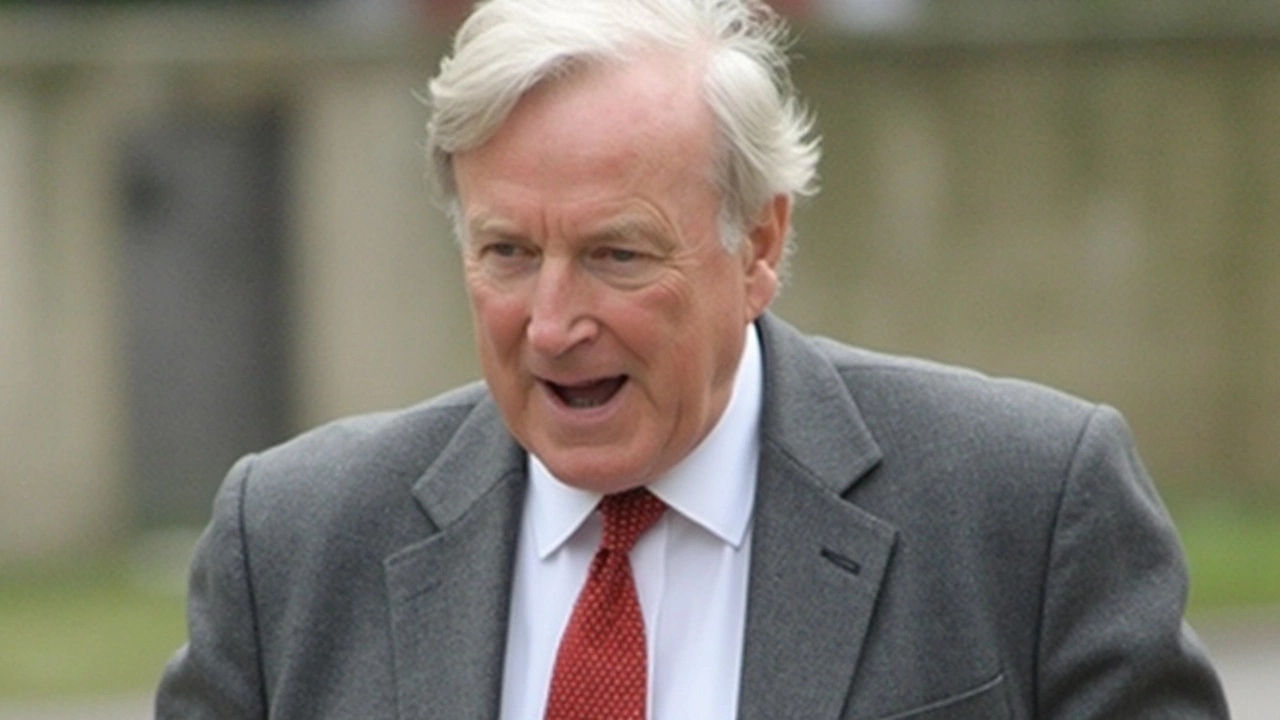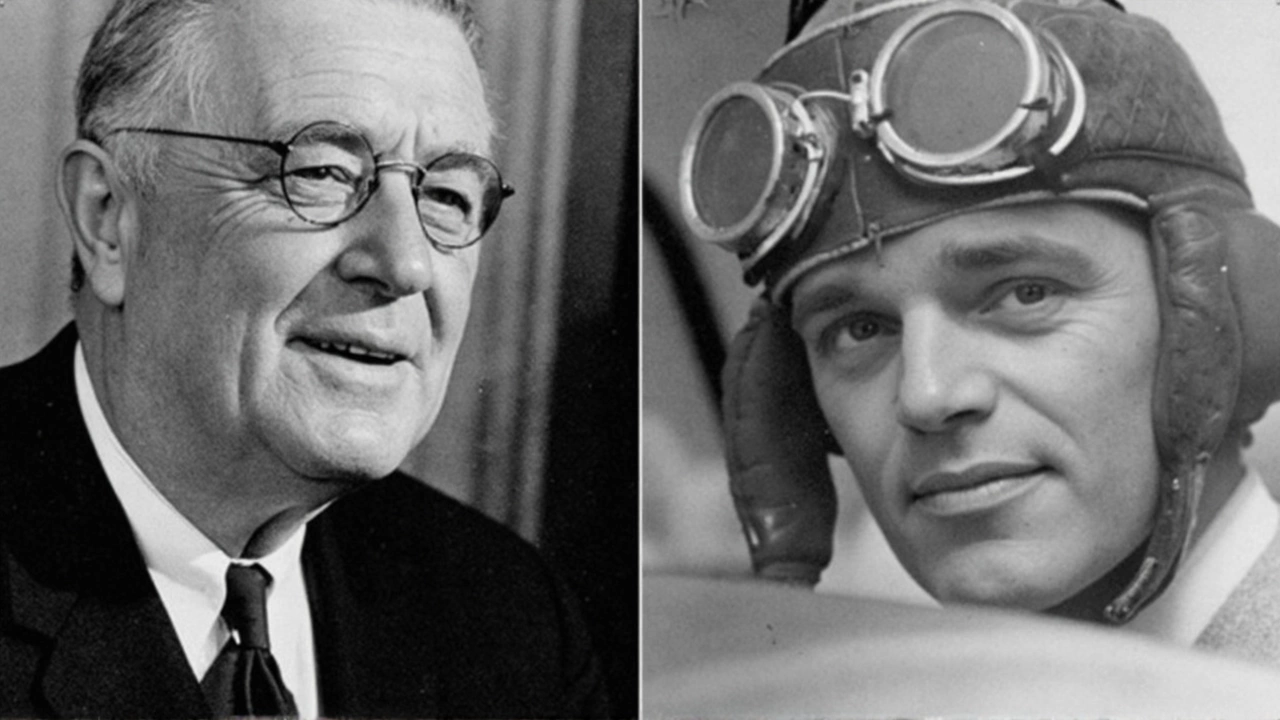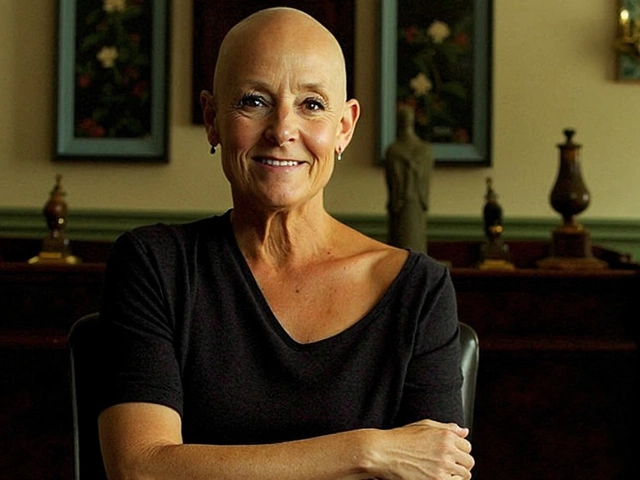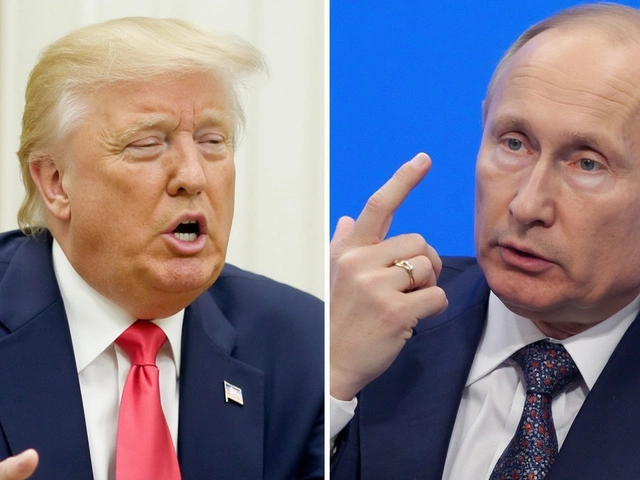The Shift From National Hero to Polarizing Activist
When you hear the name Charles Lindbergh, most people picture a daring pilot touching down in Paris after a nerve-wracking solo journey across the Atlantic. But Lindbergh’s story didn’t end with ticker-tape parades. By the late 1930s, the famous aviator was no longer just a symbol of American guts and adventure—he’d become embroiled in one of the country’s fiercest political storms: the argument over whether the U.S. should intervene in World War II.
For a long stretch before Pearl Harbor, Americans were bitterly divided. On one side were interventionists, pounding the table for aid to embattled Britain and France. On the other were isolationists, terrified of being dragged into another European war. Lindbergh, using his celebrity status and silver-tongued speeches, became the undisputed face of the latter group. He joined the America First Committee, hopping from city to city, warning that American boys shouldn’t be shipped overseas to fight other people’s battles. His message resonated, especially with Midwesterners still haunted by the trenches of World War I and the loss of so many lives.
Lindbergh’s arguments weren’t just patriotic appeals. He painted a bleak picture if the U.S. got involved—industries destroyed by bombings, cities reduced to rubble, and a future generation left to pick up the pieces. He regularly cautioned against the dangers of what he called “war fever,” believing that militarism would endanger the very freedoms America stood for. But as the political climate shifted, so too did perceptions of Lindbergh.

Aviator or Ideologue? The Politics Behind the Persona
Lindbergh’s fierce opposition to intervention was never just about military tactics. The deeper divide was ideological. He often framed his isolationist beliefs as common sense realism, but many saw shadows of something darker. He was criticized for attending events with pro-Nazi elements and giving speeches that some read as sympathetic to Germany. His infamous 1941 speech in Des Moines, where he implied that Jews, the British, and the Roosevelt administration were pushing America to war, lit a firestorm of backlash. White House officials and journalists rushed to distance the nation from his remarks, arguing they strayed dangerously close to anti-Semitism.
While supporters cheered his warnings of entanglement, critics pointed to Lindbergh’s naivety. They felt he underestimated the threat posed by Hitler’s rise and Germany’s aggression. Historians like H.W. Brands argue that Lindbergh was at odds with the hard-nosed pragmatism shaping U.S. policy at the time. For every Midwesterner shouting “America First,” there was a policymaker quietly maneuvering to support the Allies, even as official rhetoric stayed neutral.
The real damage to Lindbergh’s legacy wasn’t just political miscalculation. It was the perception that he’d crossed a moral line—his isolationist zeal sliding dangerously close to the talking points of groups with anti-Semitic sentiments. Though he insisted his warnings were about American lives and interests, his reputation never fully recovered.
Lindbergh’s story is a study in how a national icon can be swept up—and even undone—by the raging winds of political change. Hero to some, villain to others, he left an imprint on the American psyche that goes well beyond cockpits and airfields. The debate he fueled—over when to stand apart, and when to step in—still echoes whenever the nation faces tough decisions about its role on the world stage.







Write a comment